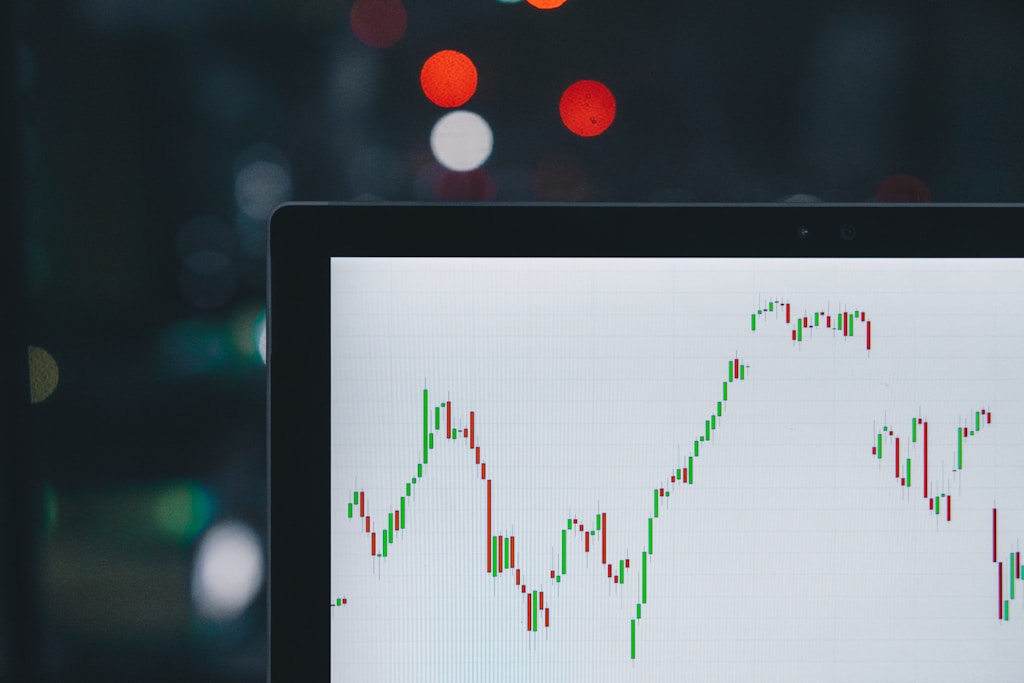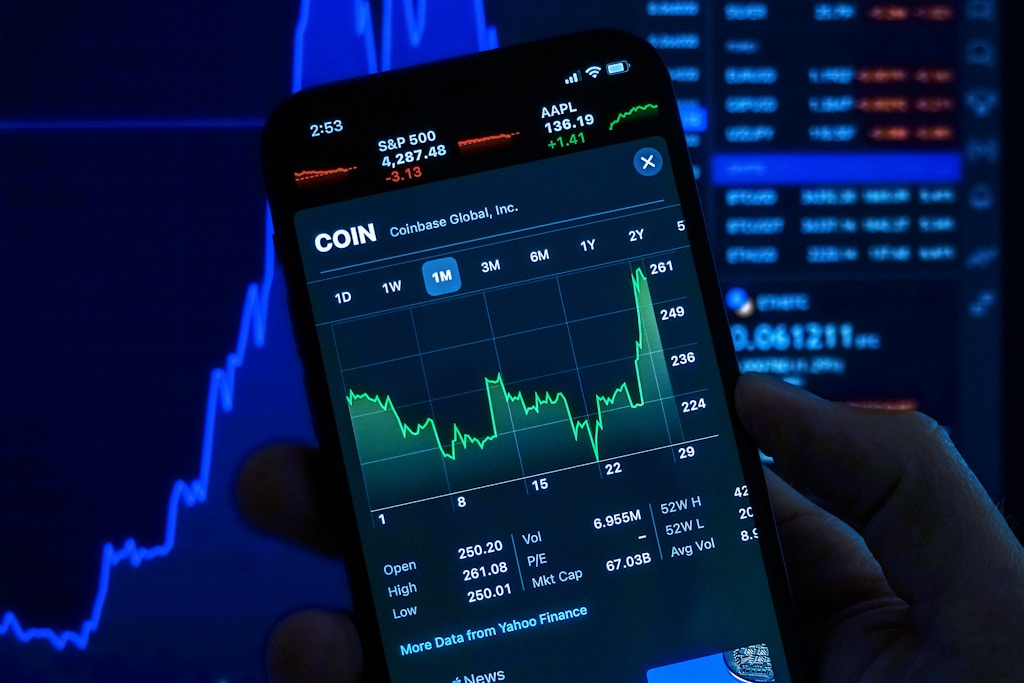Russian authorities have intensified their crackdown on illegal cryptocurrency mining operations, seizing Bitcoin worth ₽7 million (approximately $88,570) from a former electric-grid executive who allegedly stole power for mining operations. This development comes as Russia continues to expand its cryptocurrency regulatory framework.
Key Takeaways from the Russian Bitcoin Mining Raid
- Former utility executive caught stealing ₽3.5 million ($44,334) in electricity
- Authorities seized approximately 0.8414 BTC from illegal mining operation
- Case highlights Russia’s broader crackdown on unauthorized crypto mining
SPONSORED
Trade Bitcoin with up to 100x leverage and maximize your profit potential
Inside the Illegal Mining Operation
The investigation revealed a sophisticated scheme where the former executive of the Far Eastern Distribution Company exploited his insider knowledge to bypass electricity meters. The operation was discovered after authorities noticed irregular power consumption patterns at his residence.
Technical Details of the Power Theft
| Metric | Value |
|---|---|
| Stolen Electricity Value | ₽3.5 million ($44,334) |
| Bitcoin Mined | 0.8414 BTC |
| Bitcoin Value at Seizure | ₽7 million ($88,570) |
Legal Framework and Enforcement
This case represents a significant development in Russia’s approach to cryptocurrency regulation. A new draft law from April 2025 aims to classify crypto assets as intangible property in criminal cases, providing authorities with clearer legal grounds for seizures.
Broader Implications for Bitcoin Mining
The raid highlights growing concerns about unauthorized mining operations tapping into power grids, particularly in remote regions with limited oversight. This trend has prompted increased surveillance and enforcement measures by Russian authorities.
FAQ Section
Is Bitcoin mining legal in Russia?
While not explicitly illegal, mining operations must comply with power consumption regulations and proper registration requirements.
What penalties do illegal miners face in Russia?
Penalties can include asset seizure, fines, and potential criminal charges, especially when involving utility theft.
How do authorities detect illegal mining operations?
Detection methods include monitoring unusual power consumption patterns, thermal imaging, and investigating suspicious grid connections.
Time to Read: 4 minutes








